Aluminum extrusion is a versatile manufacturing process in great demand in recent years. In the precision-driven manufacturing world, we need the best quality and competitive price for extrusion aluminum. This is where extruded aluminium comes into play. Perhaps you’ve heard of the extruded aluminum, but you don’t know what it is and how it works. This article provides an in-depth look at the extrusions aluminum, including its properties, its shapes, and the detailed process on the aluminum extrusion press.
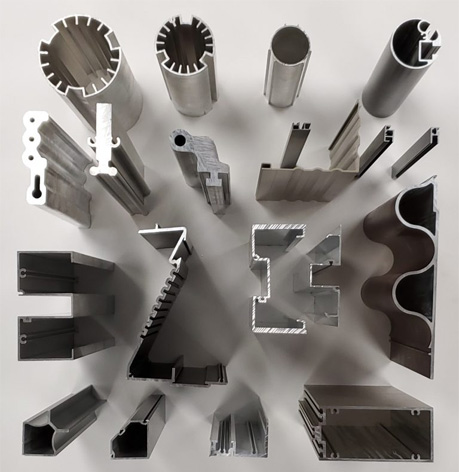
Aluminum profile extrusion is a process in which aluminum alloy material is forced through a die with a specific cross-sectional profile. A powerful ram applies pressure to push the aluminum through the die, resulting in the aluminum taking on the shape of the die as it emerges from the die opening. This extruded aluminum is then pulled along a runout table. To understand the process, one can think of squeezing toothpaste from a tube – as pressure is applied, the toothpaste takes on the shape of the tube's opening. Similarly, the extrusion die functions as the opening, shaping the aluminum into a long solid extrusion. While simple extruded aluminum shapes can be created, aluminum extruders also allow for the production of more complex shapes.
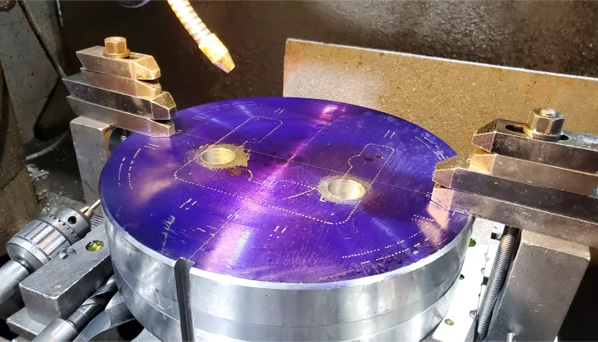
Extruded aluminum profiles provide a unique blend of mechanical properties, including high strength, low density, and excellent workability. These characteristics remain consistent across various temperature conditions. Additionally, the versatile nature of extruded aluminum profiles allows for the incorporation of other desirable properties, such as electrical conductivity, and reflectance, which further expand the range of potential applications.
High Strength-to-weight Ratio
It is lightweight and possesses impressive strength, with a density of approximately one-third that of steel. Depending on the specific grade, aluminum alloys can be up to five times stronger than steel. This exceptional property makes aluminum a popular choice for applications in the aerospace and automotive industries.
Corrosion Resistance
Extruded aluminum exhibits remarkable corrosion resistance when compared to many other metals, thanks to its natural formation of protective oxide layers on its surface. This characteristic makes aluminum a suitable choice for outdoor applications, provided that a protective coating is applied.
Electrical Conductivity
Extruding aluminum exhibits an electrical conductivity of approximately 61% that of copper. Due to its lower density and more affordable cost, it is favored over copper for specific applications. One notable application that capitalizes on these characteristics is the utilization of aluminum in economic power transmission lines.
Ductility and Workability
Aluminum exhibits excellent formability even at room temperature. In addition to extrusion, it can be shaped through processes such as rolling, drawing, stamping, and forging.
Low-temperature Toughness
Unlike steel, extruded aluminium maintains its toughness at low temperatures, whereas other metals often become brittle and prone to fracturing. The mechanical properties of aluminum remain largely consistent across various temperature ranges.
Resilience and Impact Strength
Aluminum possesses inherent toughness, leading to high resilience and impact strength. This enables aluminum components to absorb sudden forces or shocks, exhibiting elastic flexibility when subjected to dynamic loads.
Aluminum extrusion allows for the creation of various shapes, including:
Solid Shapes
These shapes do not have any enclosed openings or voids. Examples include beams, angles, and rods.
Hollow Shapes
These shapes have one or more openings or voids, such as rectangular or square tubes.
Semi-Hollow Shapes
These shapes feature partially enclosed voids, like a "C" channel with a narrow gap.
Custom Aluminum Extrusion Shapes
These shapes are often customized and may involve multiple extrusions in aluminum extrusion manufacturers. They can also be interlocking shapes with different extruded aluminum profiles. These shapes are typically created according to the specifications provided by designers.
Before we delve into how to extrude aluminum into custom shapes, let's first understand the processes used for aluminum extrusions.
Direct Extrusion
Direct extrusion is the prevalent approach used for aluminum extrusion. The process begins with the aluminum extruder placing the heated billet (aluminum) into a container with heated walls. Subsequently, a ram in motion applies force to drive the metal through the die, resulting in the generation of high pressure.
To avoid direct contact between the ram and the heated billet, machinists often employ material blocks placed in between. This practice, also known as a forward extrusion process, ensures that both the aluminum billet and the ram move in the same forward direction.
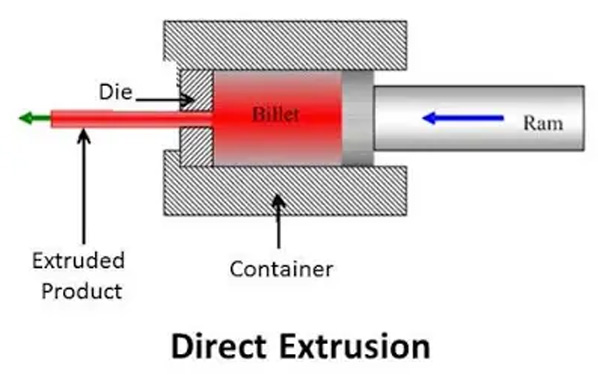
Indirect Extrusion
Indirect extrusion differs from the direct process in several ways. In this method, the die remains stationary while the billet and container move together. To facilitate this process, a "stem" is used, which must be longer than the container's length to keep the ram in place. Consequently, the aluminum billet is forced through the immobile die.
Compared to the direct method, the indirect extrusion process generates less friction, allowing for better control of heat. This results in a more consistent product quality, possibly due to the relatively constant applied force. The temperature consistency in this method also ensures improved mechanical properties and grain structure of the aluminum extrusions.
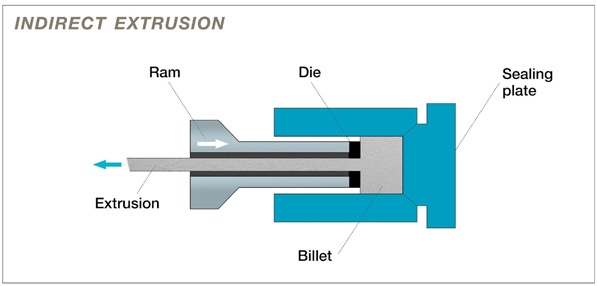
Hydrostatic Extrusion
Hydrostatic extrusion employs a working fluid to drive the billet through the die. In this method, the working fluid is compressed within a sealed chamber that surrounds the billet, apart from the tapered end initially connected to the die opening. Pressurization can be achieved through two approaches: using a ram or plunger to compress the fluid or introducing additional fluid into the chamber. The former is referred to as constant-rate extrusion, while the latter is known as constant-pressure extrusion. Typically, oil is utilized as the working fluid, with its properties modified to withstand the high temperatures resulting from the forming and compression process.
Hot Extrusion
Hot extrusion involves the process of extruding aluminum above its recrystallization temperature, which initiates a change in its microstructure. This alteration has an impact on the material's mechanical properties, including strength, ductility, and hardness. By extruding the metal above its recrystallization temperature, the required pressure is reduced as the material becomes more ductile in this state. Additionally, deforming the metal does not cause work hardening, which would make it harder to form or extrude. To effectively manage the resulting mechanical properties of the product, the cooling rate must be carefully controlled. In some cases, secondary heat treatment processes are applied to further enhance the mechanical properties of specific alloys.
Cold Extrusion
Cold extrusion, unlike hot extrusion, is performed at temperatures below the recrystallization point, typically at room temperature. The metal used in cold extrusion is initially at room temperature and generates heat during the continuous deformation process. Cold extrusion offers several advantages, including enhanced hardness and strength, reduced oxidation, improved surface finish, and tighter tolerances.
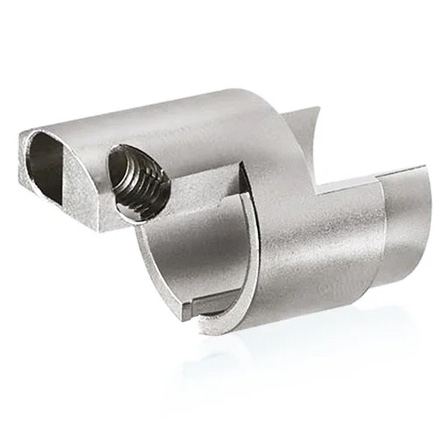
We’ve divided the extrusion process into ten steps. Let’s take a look at what they are.
Step 1: Preparation and Placement of the Extrusion Die
Initially, a round-shaped die is manufactured using steel or retrieved from a warehouse. Before the extrusion process, the die needs to be heated to a temperature range of 450-500 degrees Celsius. This preheating is crucial for prolonging the die's lifespan and facilitating uniform metal flow. Once the die has been preheated, it can be loaded into the extrusion press.
Step 2: Preheating the Aluminum Billet
In the succeeding stage, a solid and cylindrical block of aluminum alloy, referred to as a billet, is obtained by cutting it from an extended log of alloy material. Subsequently, the billet is subjected to preheating treatment within an oven, heating it to a temperature range of approximately 400-500 degrees Celsius. This preheating process imparts the necessary malleability to the billet, rendering it suitable for the subsequent extrusion process, while ensuring it does not reach a molten state.
Step 3: Transfer of the Billet to the Extrusion Press
After the preheating process, the billet is mechanically moved to the aluminum extruder. Before loading it onto the press, a lubricant or release agent is applied to the billet. This ensures smooth movement and prevents sticking between the billet and the press. Additionally, the release agent is also applied to the extrusion ram to prevent any potential adhesive interaction between the billet and the ram.
Step 4: Billet Material Introduction by the Ram into the Container
Subsequently, the malleable billet is inserted into the aluminum extruder, where a hydraulic ram exerts pressure up to 15,000 tons. As the ram applies this intense pressure, the billet material is propelled into the container of the extrusion press. During this process, the material expands and conforms to the inner walls of the container, shaping the desired extruded product.
Step 5: Extrusion Material Egress through the Die
With the container filled as the alloy material is pressed against the extrusion die, the aluminum material undergoes continuous pressure. This results in the material being expelled through the opening(s) in the die, having no alternative but to move outward. The material then emerges from the die's opening in the desired profile shape, now fully formed.
Step 6: Quenching of Extrusions
A puller is responsible for securing the extrusion in its position once it emerges, ensuring its safety during the exit from the press. While the alloy material progresses along the table, a fan or water bath is utilized to achieve uniform cooling of the profile. This cooling process is referred to as "quenching."
Step 7: Shearing Extrusions to Table Length
When an extrusion reaches its designated table length, it is cut using a hot saw to separate it from the extrusion process. Temperature remains crucial throughout each stage of the process. Despite undergoing quenching after leaving the press, the extrusion has not fully cooled yet.
Step 8: Cooling Extrusions to Room Temperature
Following the shearing stage, the extrusions of table length are mechanically moved from the runout table to a cooling table. The profiles are left on the cooling table until they reach room temperature. Once the extrusions have cooled down to the appropriate temperature, they will require stretching.
Step 9: Transfer and Stretching of Extrusions for Alignment
During the extrusion process, some profiles may experience natural twisting, which requires correction. To address this issue, the profiles are transferred to a stretcher. Each profile is mechanically clamped at both ends and pulled until it is completely straightened, aligning it with the required specifications.
Step 10: Transfer and Length Cutting of Extrusions
Once the table-length extrusions have been straightened and achieved adequate work hardening, they are transported to the saw table. Here, they undergo sawing to predetermined lengths, typically ranging from 8 to 21 feet. At this stage, the extrusions possess properties that correspond to the T4 temper.
Following the cutting process, they can be subsequently transferred to an aging oven for further processing to attain the desired T5 or T6 temper.
Are you interested in custom manufacturing services? Choose Richconn! It produces complex, extruded aluminum parts with custom shapes. Its technicians have an adequate understanding of aluminum parts manufacturing, and you can be sure of getting the best results. Once you send your design, Richconn teams carry out the professional analysis and give you a competitive price quickly.
Richconn is not just an aluminum extrusion manufacturer. It also offers a comprehensive suite of finishing options for your final products, catering to all your manufacturing needs.
Choose Richconn for a fast, easy, and reliable solution to kickstart your extruded aluminum parts today!
The aluminum extrusion process is vital for manufacturing parts with unique cross-sectional profiles. It is a captivating process that allows for the creation of diverse shapes that can be heat-treated, fabricated, and finished according to specific requirements. Richconn provides top-notch aluminum extrusion services to achieve the desired outcome. Contact us today to turn your project into reality. Additionally, you can easily obtain instant quotes and enjoy a transparent ordering process by sending your design file to us.
 Methods and Characteristics of Electrophoretic Metal CoatingJune 17, 2024Methods of Electrophoretic Metal CoatingDue to the different nature of electrophoretic metal coating itself, it is divided into two kinds: anodic electrophoretic metal coating and cathodic electrophor...view
Methods and Characteristics of Electrophoretic Metal CoatingJune 17, 2024Methods of Electrophoretic Metal CoatingDue to the different nature of electrophoretic metal coating itself, it is divided into two kinds: anodic electrophoretic metal coating and cathodic electrophor...view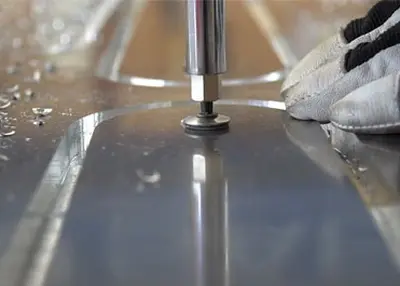 CNC numerical control cutting aluminum sheet, the efficient tool of modern manufacturingAugust 4, 2023In modern manufacturing, aluminum sheets are widely used, and CNC (Computer Numerical Control) cutting technology has become an efficient tool for processing aluminum sheets. CNC cutting aluminum she...view
CNC numerical control cutting aluminum sheet, the efficient tool of modern manufacturingAugust 4, 2023In modern manufacturing, aluminum sheets are widely used, and CNC (Computer Numerical Control) cutting technology has become an efficient tool for processing aluminum sheets. CNC cutting aluminum she...view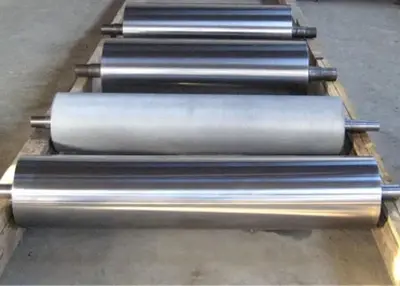 Metal Roller Surface Chrome Plating Process: Enhancing the Appearance and Performance of Your Metal ProductsJuly 18, 2023Learn about the details and benefits of the chrome plating process on metal rollers.IntroductionMetal rollers play an important role across various industries. To improve product appearance, performan...view
Metal Roller Surface Chrome Plating Process: Enhancing the Appearance and Performance of Your Metal ProductsJuly 18, 2023Learn about the details and benefits of the chrome plating process on metal rollers.IntroductionMetal rollers play an important role across various industries. To improve product appearance, performan...view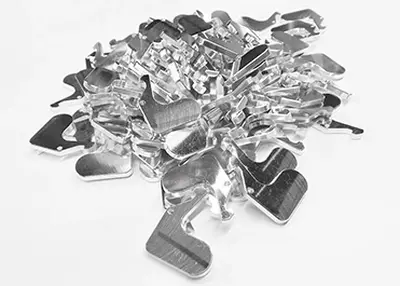 What is Tensile Strength for CNC Machining?October 25, 2023Tensile strength is a key characteristic that engineers and materials specialists must consider when designing and selecting materials for their applications. It is the maximum stress that a material can withstand before it breaks or deforms under tension.view
What is Tensile Strength for CNC Machining?October 25, 2023Tensile strength is a key characteristic that engineers and materials specialists must consider when designing and selecting materials for their applications. It is the maximum stress that a material can withstand before it breaks or deforms under tension.view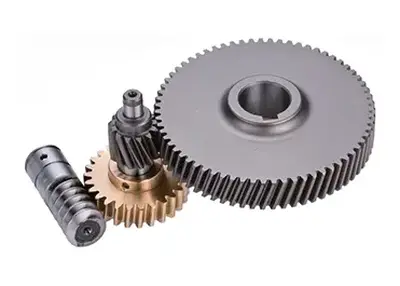 Unveiling the Precision World of Machined Gears: A Richconn PerspectiveNovember 10, 2023In the intricate tapestry of mechanical engineering, machined gears stand as the unsung heroes, translating rotational motion with unparalleled precision. These gears are meticulously crafted to meet the demanding requirements of various industries, ensuring seamless operation in complex machinery.view
Unveiling the Precision World of Machined Gears: A Richconn PerspectiveNovember 10, 2023In the intricate tapestry of mechanical engineering, machined gears stand as the unsung heroes, translating rotational motion with unparalleled precision. These gears are meticulously crafted to meet the demanding requirements of various industries, ensuring seamless operation in complex machinery.view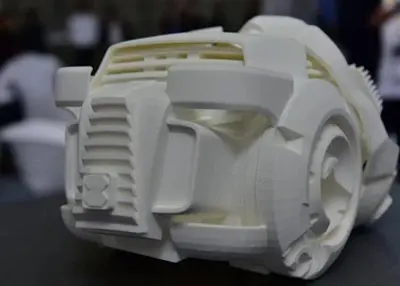 The Beginner's Guide to the 3D Printing ProcessMay 5, 2024This article explains what 3D printing is, the materials it uses, its advantages, processes and techniques, applications, and more. Read on and get the best custom 3D printing services.view
The Beginner's Guide to the 3D Printing ProcessMay 5, 2024This article explains what 3D printing is, the materials it uses, its advantages, processes and techniques, applications, and more. Read on and get the best custom 3D printing services.view